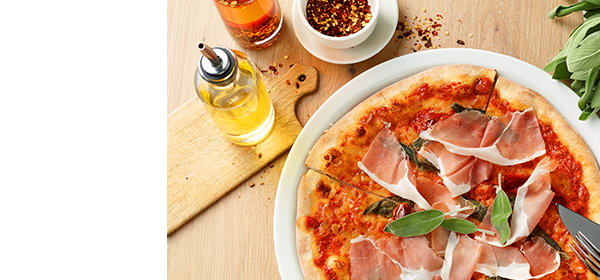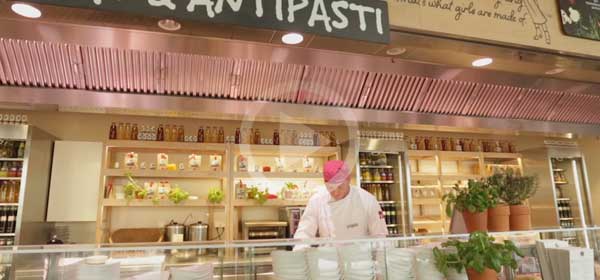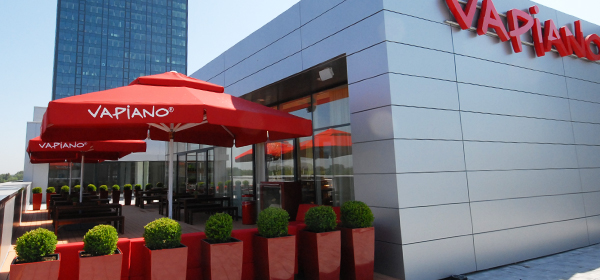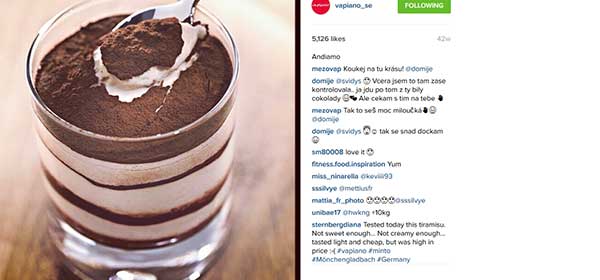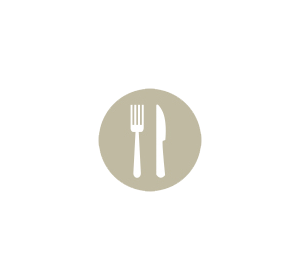
Vapiano Magasinet
Vapiano Shanghai – So many sights to see, including the new Vapiano restaurant
Our first Vapiano in China opened in June 2015. But as well visiting our 160th restaurant, there’s lots more to see in Shanghai. Our Country Manager Jack Chai took the time to chat to us about the must-do’s and no-go’s in his home country.
Looks like you know the ropes here! How long have you been living in Shanghai?
Well, I was born here and only left to study. So I’ve been here since 1982.
What attracts people to Shanghai? How would you describe the city’s typical flair?
I would describe the spirit of Shanghai as open-minded and urban. It’s home to some 24 million people, and most are much more open to new things than in other Chinese cities. It’s similar to Europe. For me, this international feel is what makes Shanghai so special.
What three words best describe Shanghai?
It’s modern, and fashion plays a huge role. And people. There are people everywhere!
Is there a part of the city that you love to visit despite all the people?
Oh definitely. I love Luijazui. It’s a pricey part of town but it’s well worth a visit. It sits on the banks of the river Huangpu River on a peninsula, and it’s also where China’s first Vapiano has just opened.
One day in Shanghai – what are the must-see’s in your city?
I always recommend going to see the Luijazui skyline across the water from the Bund. A visit to Qi Boa, one of the older, more traditional Chinese quarters, is a great alternative program. Xintiandi is good for going out for a drink in the evening. There are loads of restaurants, bars and shops and, unlike the rest of Shanghai, it’s a car-free zone.
What typical Shanghai dish do you recommend and where’s the best place to order it?
Xiao Long Bao, small steamed buns filled with meat in an aromatic broth. You can sample them pretty much anywhere in Shanghai.
What does Shanghai offer by night?
One of my favourite things about Shanghai is the street food at night. Try the crayfish. It’s delicious.
Let’s stay on the subject of food. What do you like about the Vapiano concept?
Vapiano is all about freshness. And it’s great value for money. I love the restaurant design too. The natural light and greenery everywhere creates a welcoming atmosphere.
You’ve already opened the new Vapiano. What was the greatest challenge you faced in the run-up?
Before the launch, we had to import a number of things from Germany. It was really tough just sitting in Shanghai waiting for them to arrive. As a Chinese guy, waiting is not one of my strengths!
Did you have to tweak the Vapiano concept in Shanghai to cater to Chinese guests?
We certainly serve a lot more seafood dishes than in Vapiano’s European branches. And we built two additional pasta stations to shorten waiting times for our Chinese guests. Diners in China like to share food so we adapted the dining area to accommodate this. We also reduced the height of our tables and chairs as the average height in China is around 1.60 m or 5’2”.
Wow, quite the to-do list! Was it hard to find good Vapianisti?
Yes, it was. The restaurant industry hasn’t got a great reputation in China so it was quite a task to find Vapianisti who were really passionate about the job. I chose them based on their attitude and their behaviour as I felt that was fundamental. Everything else can be learned on the job.
One more question. What’s your own favourite Vapiano dish?
Pasta with seafood. One of our Shanghai bestsellers!
Sounds delicious and well worth a trip to China to take it all in! Thanks for chatting to us Jack.

